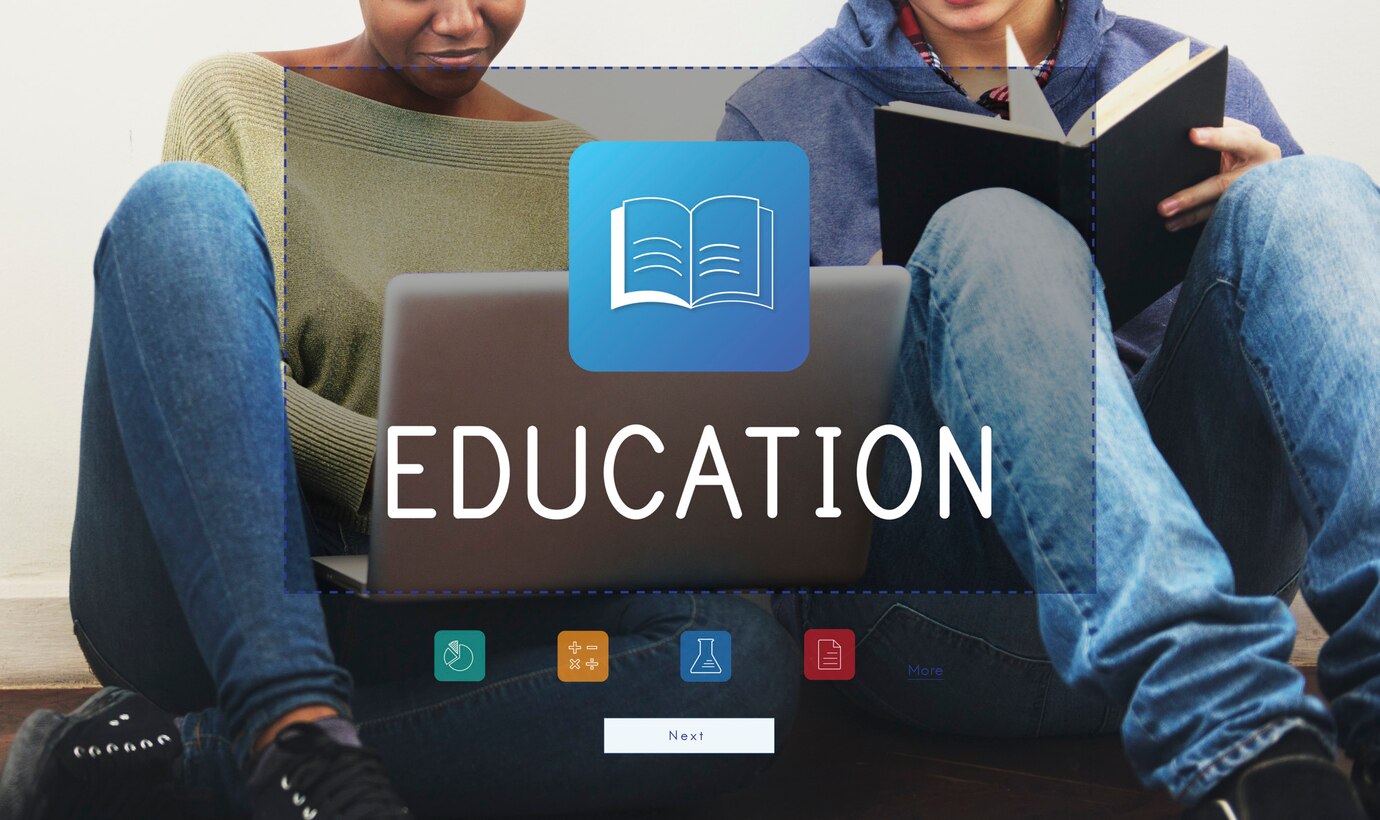How to Build a Mobile App for the Education Sector
In today's world, mobile technology has revolutionized several industries, and the education sector is no exception. With an increasing demand for accessible learning solutions, educational institutions and EdTech startups are focusing on developing mobile apps that cater to the diverse needs of students, teachers, and parents. Building a mobile app for education requires thoughtful planning, design, and execution, and the role of mobile app developers is crucial in this process.
Understanding the Needs of the Education Sector

Before diving into the technical aspects of app development, it's essential to understand the specific needs of the education sector. Educational institutions often require solutions that enhance the learning experience, improve communication between students and teachers, and provide administrative tools for efficient management. Mobile App can help meet these needs by offering features such as e-learning platforms, digital classrooms, student progress tracking, interactive content, and more.
Defining the App’s Purpose and Features

The first step in building a mobile app for the education sector is defining the app’s purpose. Are you creating an app for K-12 students, higher education institutions, or online courses? Each target group has different requirements, and your app should address those needs effectively. For example, a K-12 learning app may require features such as homework submissions, classroom interaction, and grade tracking, while a higher education app might focus more on course management, student collaboration, and research materials.
Once the purpose is clear, mobile app developers can start identifying key features for the app. Common features in educational apps include:
User Profiles:
students, teachers, and parents to create personalized profiles with relevant information and permissions.
Content Delivery:
Integrating multimedia content such as videos, PDFs, quizzes, and assignments to facilitate learning.
Communication Tools:
chat features, notifications, and announcements for seamless communication between teachers, students, and parents.
Progress Tracking:
Enabling users to track academic progress, grades, and milestones.
Offline Access:
Ensuring that the app works without an internet connection for students in areas with poor connectivity.
Gamification:
Implementing game-like elements such as quizzes, badges, and leaderboards to make learning more engaging.
Choosing the Right Technology Stack

The technology stack plays a critical role in the success of your mobile app . Depending on your target audience and app requirements, you’ll need to select appropriate technologies for both front-end and back-end development. For example, iOS and Android development require different programming languages and frameworks. iOS apps are typically built using Swift or Objective-C, while Android apps use Java or Kotlin. For cross-platform development, you can use frameworks like Flutter or React Native, which allow you to write a single codebase for both platforms.
Apart from the development framework, the back-end infrastructure should be scalable and secure. Cloud services like AWS, Google Cloud, or Microsoft Azure are popular choices for hosting the app’s data and ensuring fast performance. Mobile app developers should also ensure that the app complies with data protection laws, especially when handling sensitive student information.
User Experience (UX) and User Interface (UI) Design

In the education sector, a mobile app design must be intuitive and user-friendly. A clean, visually appealing, and easy-to-navigate interface is crucial to ensuring that students, teachers, and parents can use the app without frustration. Since the target audience might range from young children to adults, it’s important to create different user flows based on their needs.
User Experience (UX) design is particularly important because educational apps are used by individuals with varying technical skills. The app should be designed in a way that users can quickly understand how to use it, even if they have little experience with mobile apps . The UI should incorporate clear icons, large buttons, and a consistent layout to guide users effortlessly through the app’s features.
Security and Privacy Concerns

When developing a mobile app for the education sector, security and privacy are top priorities. Educational apps often handle sensitive data such as student grades, personal information, and learning materials. Mobile app developers must implement strong encryption techniques and follow best practices for securing data both in transit and at rest.
Additionally, developers should ensure that the app complies with local and international privacy regulations such as the Children’s Online Privacy Protection Act (COPPA) in the United States or the General Data Protection Regulation (GDPR) in the European Union. By taking these precautions, the app can safeguard student data and protect users' privacy.
Testing and Quality Assurance

Before launching the app, thorough testing is essential to ensure its functionality, usability, and security. Testing should cover a variety of use cases, devices, and operating systems to identify potential issues. Mobile app developers need to conduct performance testing, security testing, and compatibility testing to ensure the app works smoothly for all users.
User feedback is another crucial component of the testing phase. Offering a beta version of the app to a small group of students, teachers, or parents can help identify any usability issues or bugs that may not have been evident during initial development. By addressing these issues early on, developers can ensure that the final version of the app provides a seamless and positive experience for users.
Deployment and Maintenance

Once the app has been tested and refined, it’s time for deployment. Developers should ensure that the app is available for download on popular platforms like the App Store and Google Play Store. It’s important to include comprehensive descriptions, screenshots, and other relevant information to attract users.
After the app is live, ongoing maintenance is crucial for ensuring that it continues to perform well and remains up-to-date with the latest operating system updates. Regular updates can introduce new features, fix bugs, and address security vulnerabilities. Mobile app developers should be ready to respond to user feedback and provide timely support to keep the app running smoothly.
Conclusion

Building a mobile app for the education sector involves a series of thoughtful steps, from identifying the app’s purpose and features to choosing the right technology stack, designing a user-friendly interface, and ensuring robust security. By working with experienced mobile app developers, educational institutions can create mobile solutions that transform learning experiences, enhance communication, and streamline administrative tasks.
Mobile App development is a collaborative effort, and with the right approach, developers can create innovative apps that benefit students, teachers, and parents alike, making education more accessible and engaging for all.






